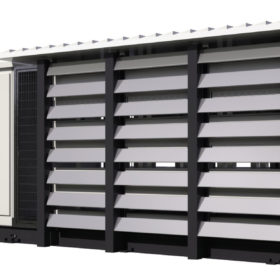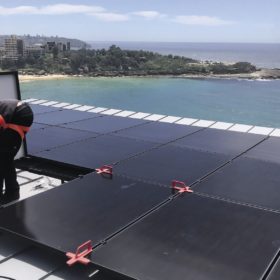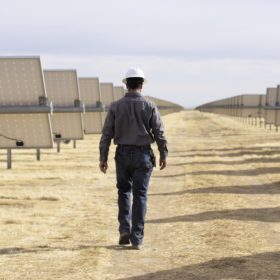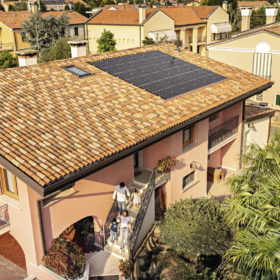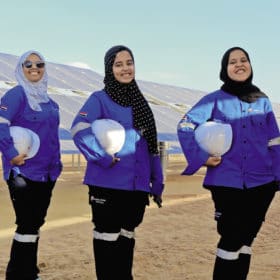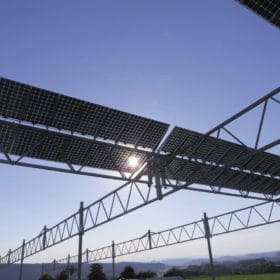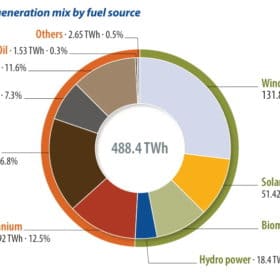In Conversation: The effects of defects
Mónica LiraCantú leads a research group investigating nanostructured materials for photovoltaic energy at the Catalan Institute of Nanoscience and Nanotechnology (ICN2). Recently, her group led a project that looked deep into the crystalline structure of a perovskite solar cell, revealing new information about the formation of defects in the material and how they could be engineered to improve both efficiency and stability. pv magazine caught up with the Barcelona-based scientist to discuss the state of the art in perovskite solar cells and remaining challenges on the road to commercialization.
Products to pack in more power
While the central vs. string debate dominates much of the discussion in the inverter market, Italian manufacturer Fimer supplies both, and argues that both are suitable depending on the circumstances. The company’s new central platform can also efficiently cope with increasing DC/AC ratios, says Maren Schmidt, managing director of its utility business line.
Hail cracks
Solar parks face a real threat from hail damage, both to installed hardware and bottom lines, as the risks have become uninsurable. Tim Sylvia of pv magazine USA explains how hardware tests show that certification is falling behind, and looks at the technologies that are being used to reduce damage.
Out of landfill, back in the stream
With technological progress, falling costs, and favorable subsidies all incentivizing Australian households to replace serviceable modules and upgrade their rooftop array, a stockpile of useable second-hand modules is mounting. But efforts to embrace reuse rather than refuse are taking shape.
Nothing simple about O&M
New investors and technological complexity demand new approaches to O&M service provision, argues NovaSource’s Timo Moeller. With larger PV fleets and the ability to process the operational data of generation, pure-play O&M may continue to deliver on solar’s cost learning curve.
Rely on India
India’s Reliance Industries sees the response to climate change as a huge opportunity to create value through a new energy and materials business. The company aims to set up a fully integrated, end-to-end renewable energy ecosystem.
Vital grid simulations
With around 310 days of sun a year, Jordan is in a great position to benefit from the growing affordability of solar, given that it is located in the heart of the Middle East. Solar allows the country to meet its renewable-energy targets, while also becoming more self-sufficient by reducing its reliance on imported fossil fuels, which currently account for more than 95% of its total energy mix.
The future is female among Egyptian engineers
How do you achieve gender equality among shift-working engineers in a remote location in North Africa? With a clear vision and concrete measures, according to Scatec’s operations and maintenance (O&M) team in Egypt, which has a 30% share of female engineers.
Agrivoltaics: Where are we heading?
The complexity of agrivoltaics is not rocket science, but rather lies in the field’s various interdisciplinary challenges, says Max Trommsdorff, head of group agrivoltaics at Fraunhofer Institute for Solar Energy Systems ISE. Should agrivoltaics be deployed with interspace cropping, or should we use stilted PV systems that allow for cultivation below? And can the sector flourish without regulation?
PV feed in, certified
As more renewable energy capacity is built, commissioned, and connected, grid stability concerns are driving rapid regulatory changes. In the European Union, regulatory changes are now building momentum. As the first mover, Germany has shown that achieving compliance can initially seem burdensome, but it can quickly be integrated into existing processes and platforms.

